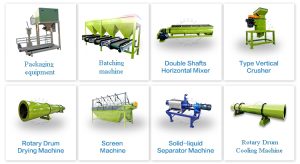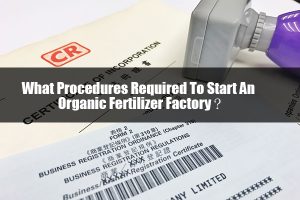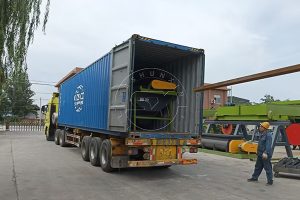Setting up a liquid biofertilizer production unit has become one of the most profitable directions for many businesses. Entonces, how to process finished liquid fertilizer into bio type? How to make liquid biofertilizer from manure waste? There are customized solutions and professional equip for you liquid bio fertilizer making projects. They offer you the best bacteria survival, no impurities and economical costs. Come to see them now!
How to process standard liquid fertilizer into the bio type one?
To produce liquid biological fertilizer on the basic of the general one is finished, there is a liquid biofertilizer production unit of 5 parts for you. It contains:
Feeding and batching system of powder and liquid
Generalmente, the required liquid biofertilizer making starts with accurately materials feeding with target proportion.
- For liquid type, such as general liquid fertilizer or liquid additives. there is flow pump for precisely feeding.
- Al mismo tiempo, for powder functional bacteria agent adding, you can use a screw type conveyor.
After fed into batching tank, the inside shaft will mixing the liquid fertilizer with microorganism agent evenly until dissolving thoroughly.
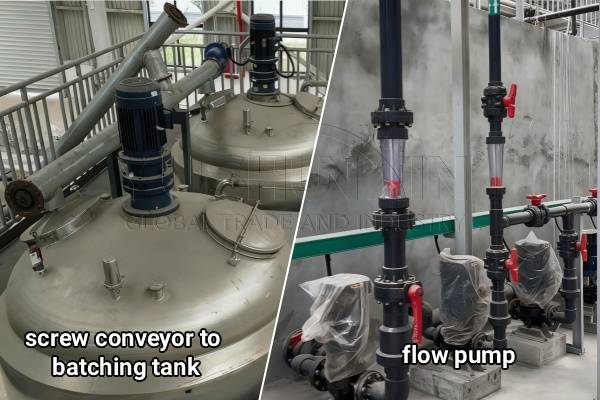

Chelation tanks with heating and mixing
These chelation tanks of acero inoxidable are the core reactors of the liquid biofertilizer production unit. They are responsible for chelating basic liquid fertilizer and fed functional bacteria, so that the latter will dissolving fully into the former. To help you finish the liquid bio fertilizer production faster, YUSHUNXIN especially design the liquid reators with heating system and mixing shaft inside. For liquid fertilizer making with microorganisms, it is important to control the temperature in chelation
Filtration system for impurities removing
Entonces, to produce more clear biological liquid fertilizer, we need to filter the liquid after chelation. This is beneficial for removing impurities, undissolved residues, and unwanted microorganisms. Because a clean solution improves the survival rate of beneficial bacteria, this filtration step is important for the stability of biofertilizer shelf life. Para esto, you can adopt the ultrafiltration membrane system, which filtration precision can reach 0.1–0.2 μm.
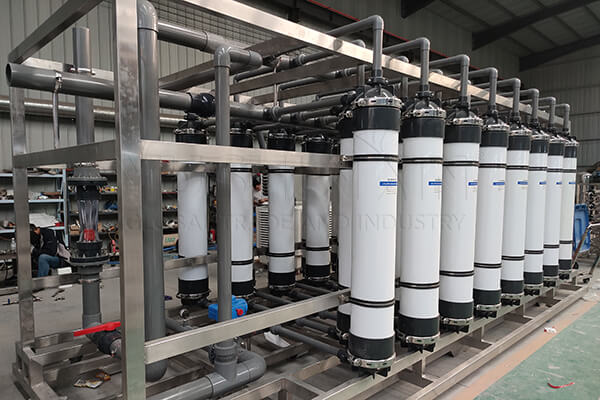

Storage tanks of liquid fertilizer
White or semi-transparent tanks are ideal because workers can directly observe liquid levels through the tank wall. This design also prevents overfilling or unexpected downtime, and many customers prefer these tanks for visual management.
Automatic liquid filling machine
The YUSHUNXIN liquid biofertilizer production unit usually ends with automatic filling systems that offer: Quantitative filling, capping, etiquetado, etc.. With PLC control, these machines run smoothly with minimal labor. And because produced liquid biological fertilizers are often sold in 1–20 packages, automated filling greatly improves efficiency for commercial manufacturers.
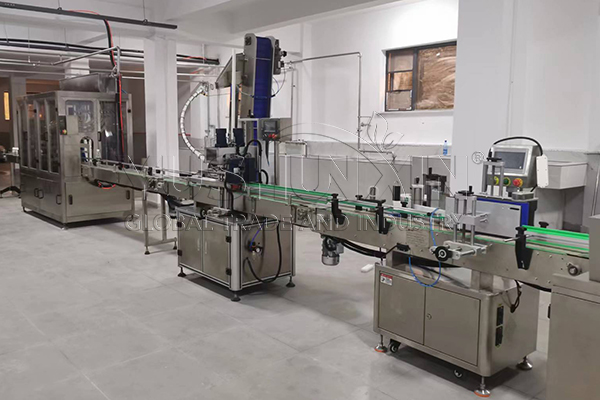
Is There a Liquid Biofertilizer Production Unit for Fresh Cow Dung?
Sí, you can build a liquid biofertilizer production unit using fresh cow dung as your primary raw material. Many organic farms choose this method because it uses local waste resources and reduces fertilizer cost. A typical processing flow includes:
1. Solid–liquid separation to remove fibers
2. Filtration to eliminate large impurities
3. Ultraviolet sterilization to reduce harmful pathogens
4. Chelation fermentation to dissolve nutrients
5. Secondary chelation with added functional bacteria
6. Ultrafiltration membrane system with 0.1–0.2 μm precision
7. Finished product storage tank
8. Automatic liquid filling machine
Because cow dung contains natural organic matter and microbial substrates, it becomes a strong base material for biofertilizer production.
Why Add Functional Bacteria During Secondary Chelation?
During primary chelation, temperatures in the reactor can reach levels that damage beneficial microbes. When you add bacteria later, during secondary chelation, the temperature is significantly lower. This prevents heat damage and ensures that microbial strains enter the fertilizer in an active state. Secondary chelation also helps beneficial bacteria bond with nutrients, improving both stability and effect in the field.
Why Use an Ultrafiltration Membrane System After Chelation?
Ultrafiltration membranes remove tiny particles, fungal spores, and insoluble residues. Because the filtration precision reaches 0.1–0.2 μm, the system protects the filling machine from clogging while improving the clarity and stability of the final product. Many manufacturers use ultrafiltration to increase shelf life, reduce precipitation, and keep microbial survival high, which makes this step valuable for premium biofertilizers.
How Much Does a Liquid Biofertilizer Manufacturing Plant Cost?
The cost of setting up a liquid biofertilizer production unit depends on scale, automatización, and filtration level. General ranges are:
* Small-scale (1–5 TPH): $20,000–$80,000
* Medium-scale (5–20 TPH): $80,000–$200,000
* Large-scale (20–50 TPH): $200,000–$450,000
If you require full automatic batching, microbial fermentation tanks, precision filtration, and ultrafiltration membrane systems, the cost increases. And because many investors want turnkey design with PLC automation, the final budget must reflect both equipment and system integration.
A complete liquid biofertilizer production unit gives you the ability to transform ordinary nutrient solutions or organic waste into high-value microbial fertilizers. And when you combine chelation, filtration, fermentación, and automation, you gain a stable and scalable manufacturing process. Whether you work with powder ingredients, liquid extracts, or fresh cow dung, a well-built production system ensures consistent quality and strong market competitiveness.


